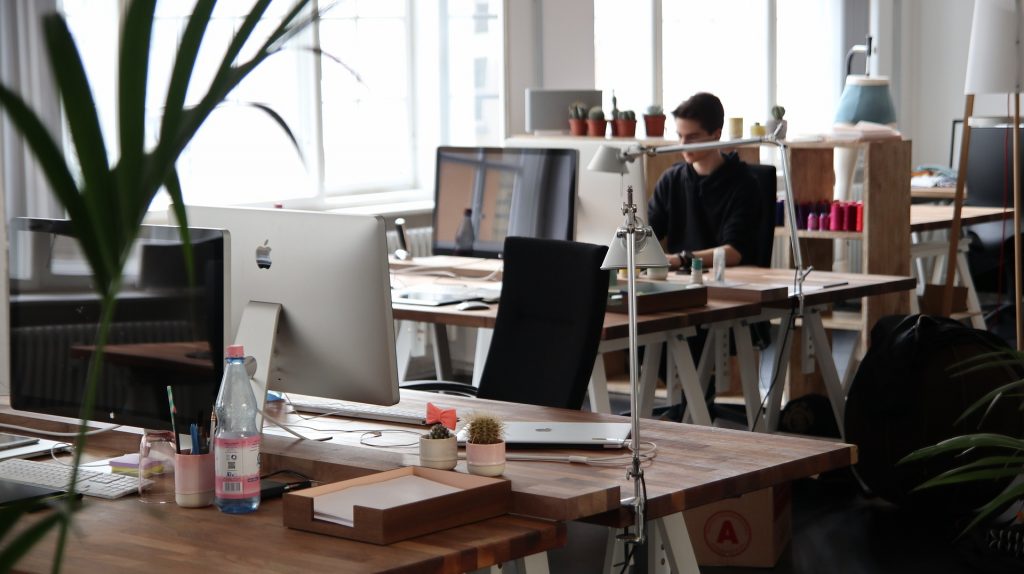Retail, commercial, and office fit-outs in Melbourne have significantly changed because of the current global situation. The pandemic changed everyone’s lives in ways unimaginable. However, resilience and adaptability always shine through. Regardless of how drastic life’s alterations may have been, people move forward- scathed but not paralyzed.
The retail industry is one of the most battered industries. As everyone was required to stay home, stores were left empty or operational to the bare minimum. Post-lockdown, people are still scared to leave their homes. The situation is still volatile and sensitive as cities impose new lockdown measures following that of May and April.
Given this, the retail industry is barely hanging on. However, it is still surviving. It will remain a part of everyone’s lives. It will reclaim its glory. As this situation is going to pass, the retail industry is expected to amend its approach to further reinforce health and safety. These are necessary amendments to further enhance the retail experience of its patrons even post-pandemic.
Here are some of the adaptations of retail stores post-pandemic:
Stronger Online Sales
People have been spending most of their time performing online activities. From video conferencing to even purchases. The retail industry is expected to utilize the online space to increase sales further and revamp their profitability. Various apps and interactive website enhancements are put in place to ensure that consumers are encouraged to pursue any online purchases. This is a reasonable undertaking or project for retail shopfitters in Melbourne.
Make Things Easier For Consumers
Part of the retail shopping thrill is “treasure hunting,” when consumers dig deep into clearance bins for their absolute finds. Some of them attempt to reach the farthest part of the shelf to find the bargain they are looking for. However, this may not be the case anymore nowadays. To avoid excessive surface touching and excessive exposure, stores are expected to have all items displayed in clear containers or properly lined up to immediately be visible.
Limited Store Occupancy
Even after the pandemic, having limited store occupancy still reinforces health and safety. However, having fewer people inside retail establishments also promotes a personalized, one-on-one service that consumers highly prefer.
With fewer people, store clerks have more time to attend to their customers. With such personalized treatment, sales opportunities greatly increase. Such is a classic representation of Quality over Quantity.” Storebuild Australia retail shopfitting may champion this initiative soon.
Grab-And-Go Business Model
Post-pandemic, many may still avoid staying outside for an extended time. They may still see going out as a means to purchase essential needs. As such, having a grab-and-go business model is expected to be adopted by many retail establishments. Essential goods may appear on the front of the store for easy access and payment. This way, their shopping experience becomes fast, efficient, and most importantly, safe.
One-Way Traffic Store Flow
Retail establishments see the heaviest foot traffic, especially during the weekend or storewide sale/promotions. Patrons flock to the store coming from all directions. They criss cross paths, come face to face or side by side. Well, this is a sight to behold pre-pandemic. Post-pandemic, this bustling store activity may change (even for good).
Retail establishments are expected to continue their adaptation of one-way foot traffic with markings on the floor. This is to further prevent being near other shoppers. It also prevents unnecessary face-to-face run-ins with other store clients. Retail, commercial, and office fit-outs in Melbourne shall follow suit.
Related Articles
- How to Choose the Best Restaurant & Cafe Shopfitters in Melbourne
- Impress Your Clients With An Impeccable Office Fit Out
- Introduction to Hospitality Shopfitters in Melbourne – Do you need them?
- Why do you need an Interior Design Consultant for your Melbourne Business?
- Top 10 Latest Office Fit-Out Design Trends in Melbourne

